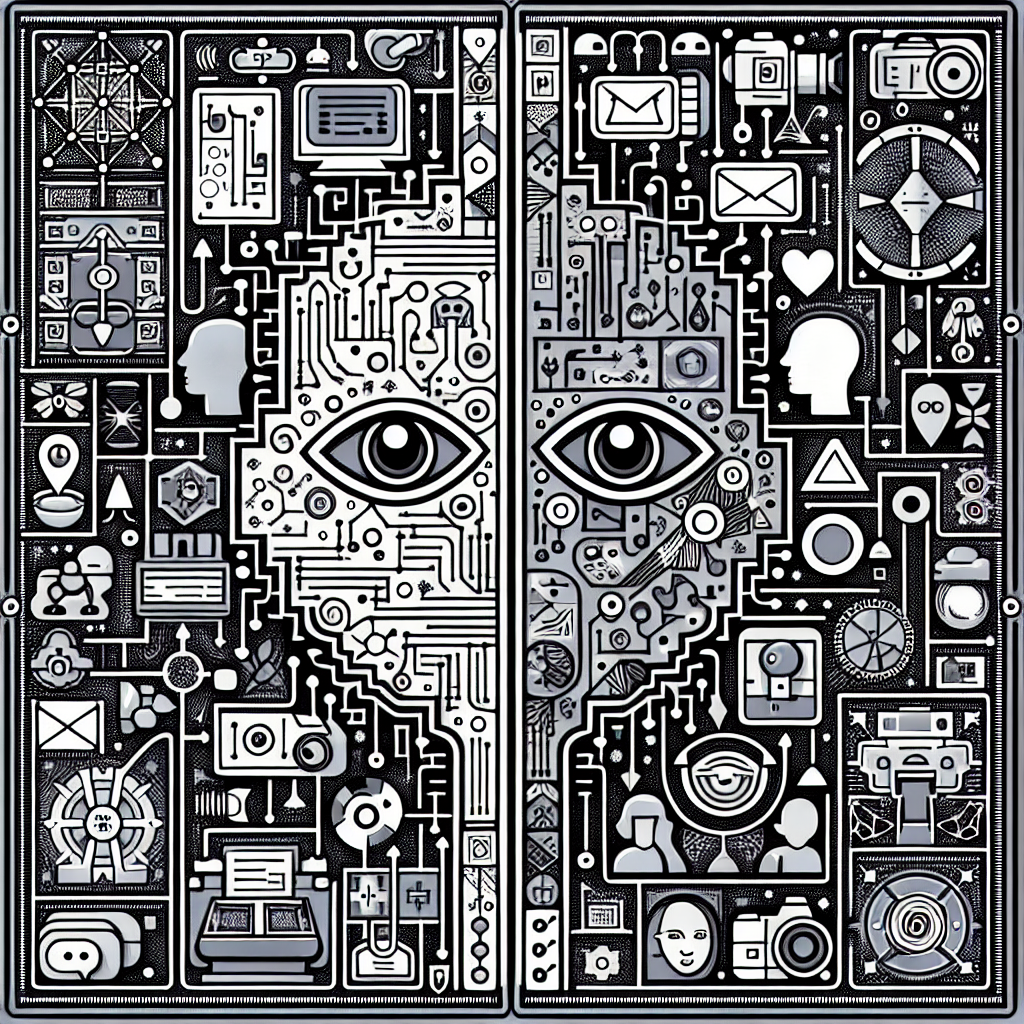Introduction:
Natural Language Processing (NLP) and Image Recognition are two separate fields of artificial intelligence that have made significant advancements in recent years. However, the connection between the two is becoming more apparent as researchers and developers look to combine the power of language and visual information processing. In this article, we will explore the relationship between NLP and Image Recognition, and how they can work together to create more intelligent and sophisticated systems.
The Connection between NLP and Image Recognition:
At first glance, NLP and Image Recognition may seem like two completely different areas of AI. NLP focuses on processing and understanding human language, while Image Recognition involves the analysis and interpretation of visual data. However, when these two fields are combined, they can complement each other in powerful ways.
One of the key ways in which NLP and Image Recognition can work together is in the field of image captioning. Image captioning involves generating a descriptive text for an image, essentially translating visual information into natural language. This is where NLP comes in, as it can help to analyze the content of the image and generate a meaningful description.
For example, a system that combines NLP and Image Recognition can accurately describe the contents of an image, such as identifying objects, people, and actions. By leveraging the power of both language and visual processing, these systems can create more accurate and detailed image captions.
Another area where NLP and Image Recognition can be combined is in sentiment analysis of images. Sentiment analysis involves determining the emotional tone of a piece of text, and this can also be applied to images. By analyzing the visual content of an image and extracting emotional cues, NLP can help to determine the sentiment or mood of the image.
Additionally, NLP can be used to improve the accuracy of image recognition systems by providing context and additional information. For example, if an image recognition system is trying to identify a particular object in a complex scene, NLP can provide additional context or clues from the surrounding text to help improve accuracy.
Overall, the connection between NLP and Image Recognition is a powerful one that can lead to more intelligent and sophisticated AI systems. By combining the strengths of language processing and visual analysis, researchers and developers can create systems that are better able to understand and interpret the world around them.
FAQs:
Q: How does NLP help improve image recognition systems?
A: NLP can provide additional context and information to image recognition systems, helping to improve accuracy and understanding of visual content. By combining language processing with visual analysis, NLP can help to extract meaningful information from images and provide more accurate descriptions.
Q: What are some real-world applications of combining NLP and Image Recognition?
A: Some real-world applications include image captioning, sentiment analysis of images, and improving the accuracy of image recognition systems. These applications can be used in a variety of fields, such as healthcare, marketing, and security.
Q: How can developers start incorporating NLP into their image recognition systems?
A: Developers can start by exploring existing NLP and Image Recognition libraries and frameworks, such as TensorFlow or PyTorch. By leveraging these tools, developers can begin experimenting with combining language processing and visual analysis to create more intelligent systems.
Q: What are some challenges in combining NLP and Image Recognition?
A: One challenge is the complexity of integrating language and visual processing algorithms. Additionally, creating large datasets that combine both textual and visual information can be challenging. However, as technology continues to advance, these challenges are becoming easier to overcome.
Conclusion:
The connection between Natural Language Processing (NLP) and Image Recognition is a powerful one that has the potential to revolutionize the field of artificial intelligence. By combining the strengths of language processing and visual analysis, researchers and developers can create more intelligent and sophisticated systems that are better able to understand and interpret the world around them.
As the field of AI continues to advance, we can expect to see more innovative applications of NLP and Image Recognition working together to solve complex problems and improve the way we interact with technology. By exploring the connection between these two fields, we can unlock new possibilities and create more intelligent systems that can truly understand and interpret the world around them.

